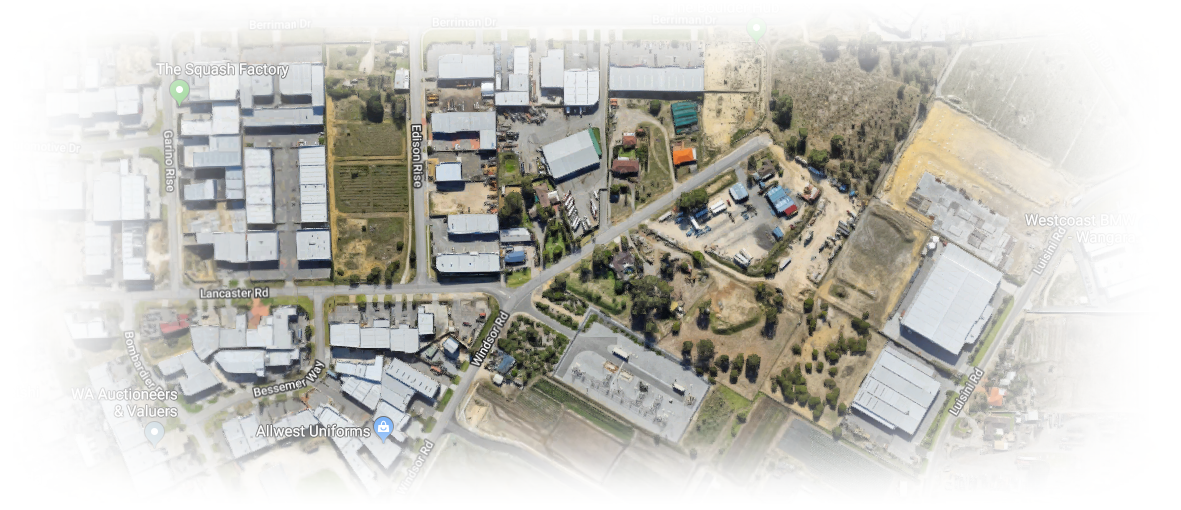Advice: Conveyancing is a time-consuming and complicated process. There are many pitfalls for the unwary. A professional settlement agent will understand the entire process. They will know how to ensure a smooth transfer.
Property settlement is a legal process. Generally facilitated by your settlement agent and financial representatives and those of the seller. It’s when ownership passes from the seller to you, and you pay the balance of the sale price.
The seller sets the settlement date in the contract of sale.
As a general rule, property settlement periods are usually 30 to 90 days, but they can be longer or shorter.
On settlement day, at an agreed time and place, your settlement agent (conveyancer) meets with your lender and the seller’s representatives to exchange documents. They organise for the balance of the purchase price to be paid to the seller.
Just before settlement, you’ll have the opportunity to do a final inspection of the property. Often this is done the day before or the morning of the settlement. Contact the agent to arrange this inspection.
The seller must hand over the property in the same condition as when it was sold.
After settlement, your lender will draw down on your loan. This means that they’ll debit the amount they’ve paid at settlement from your loan account.
You’re then responsible for paying land transfer duty or stamp duty. It’s usually paid on the settlement date. The title to the property won’t transfer to your name until you have paid this duty.
The seller handles rates and other council fees up to and including the day of settlement. After this date, you will need to pay these costs.
Once settlement has completed, you can collect the keys from the agent. The property is now yours. It’s time to move into your new home.




